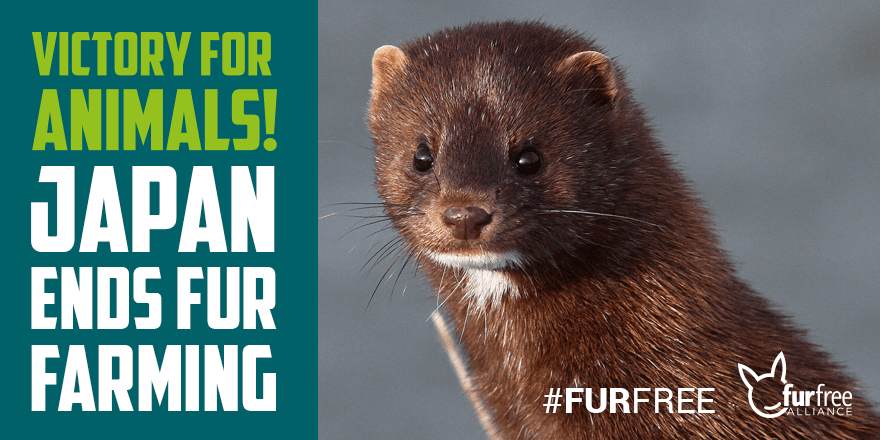
As fur farming is a controversial process, there are several countries who have banned fur farming or are planning to such as: Germany, Austria, Croatia, the United Kingdom, Norway, Japan and the Czech Republic (effective 2019).
How is fur farming regulated in Canada?
In Canada, fur farming is not banned however there is a code of practice set by the National Farm Animals Care Council (NFACC). These codes addresses animal health and welfare concerns, namely; accommodation, food and water, care and supervision, health care, hygiene and sanitation, transportation of live mink, and euthanasia. These codes contain both mandatory and recommended guidelines and are increasingly becoming recognized under provincial animal protection laws.
Fur farming must be consistent with international agreements such as CITES (Convention on International Trade in Endangered Species), the Convention on Biological Diversity (CBD) and the IUCN (World Conservation Union).
 To become a fur farmer in Canada you must obtain a license. Fur farming in British Columbia is legislated by the Animal Health Act and its Fur Farm Regulation. This Act includes licencing of mink, marten, fischer, fox, nutria and chinchilla. Licenses must be renewed annually and a licensing fee of $12.00 for 1-25 animals or $24.00 for 26 or more animals must be paid.
To become a fur farmer in Canada you must obtain a license. Fur farming in British Columbia is legislated by the Animal Health Act and its Fur Farm Regulation. This Act includes licencing of mink, marten, fischer, fox, nutria and chinchilla. Licenses must be renewed annually and a licensing fee of $12.00 for 1-25 animals or $24.00 for 26 or more animals must be paid.